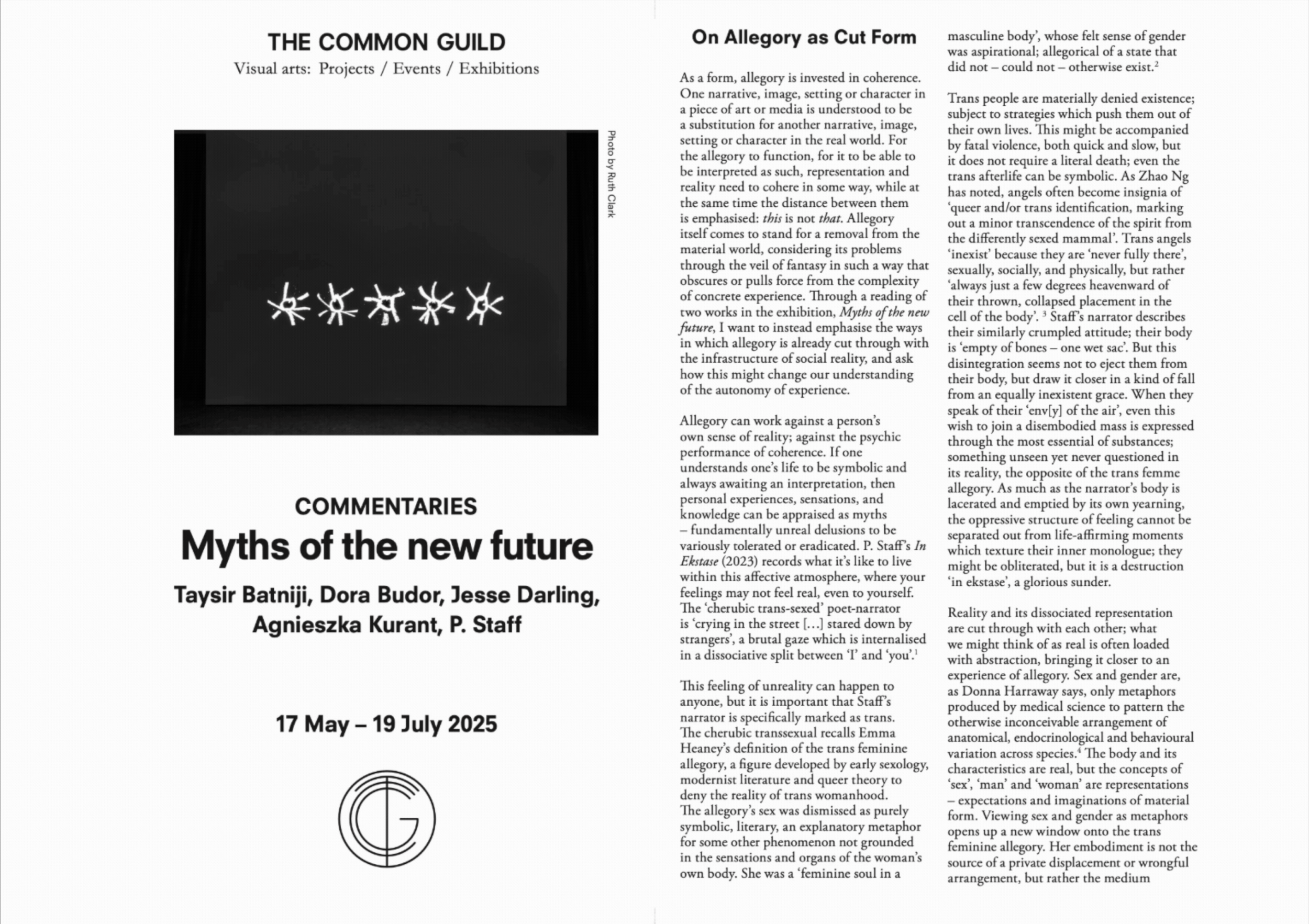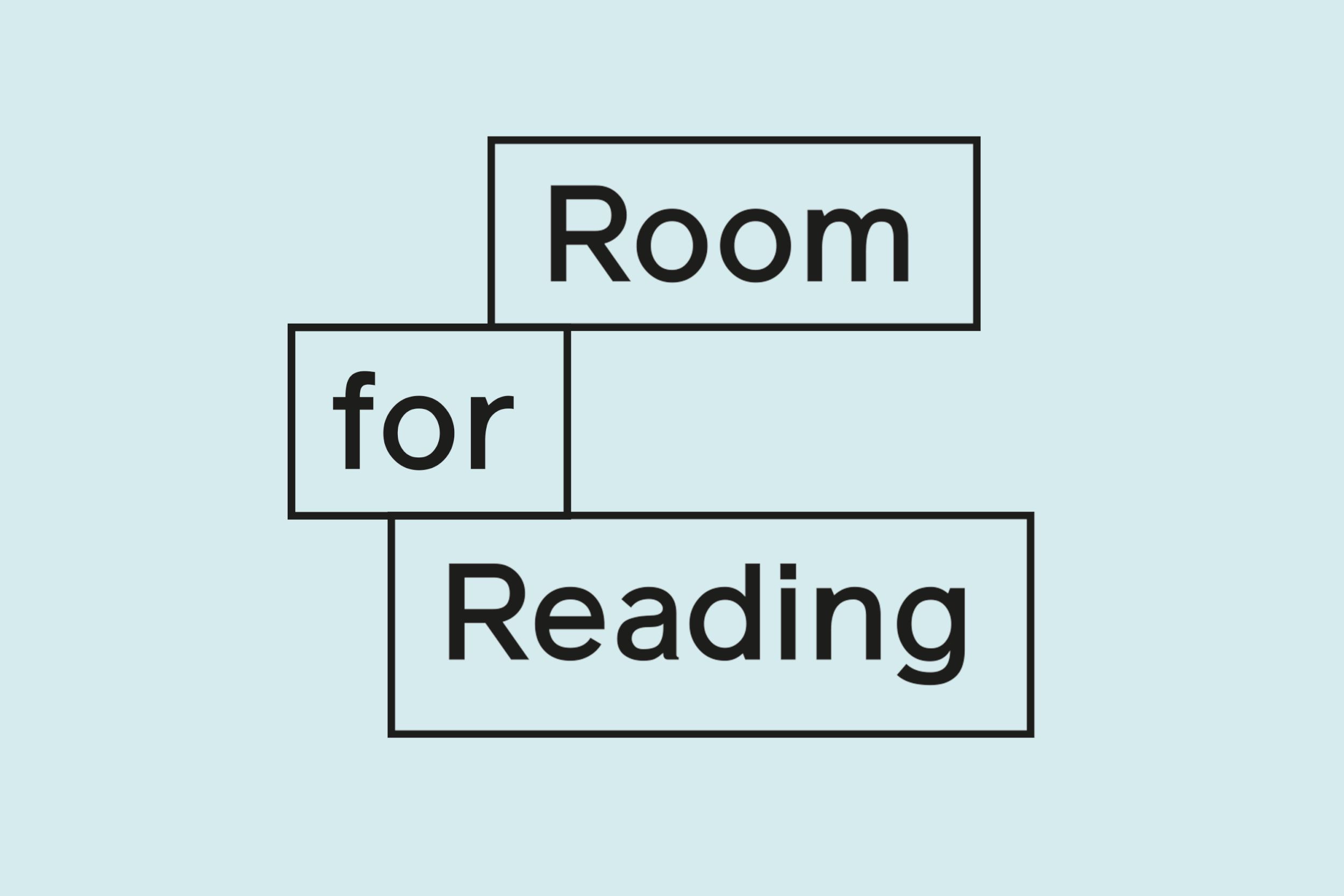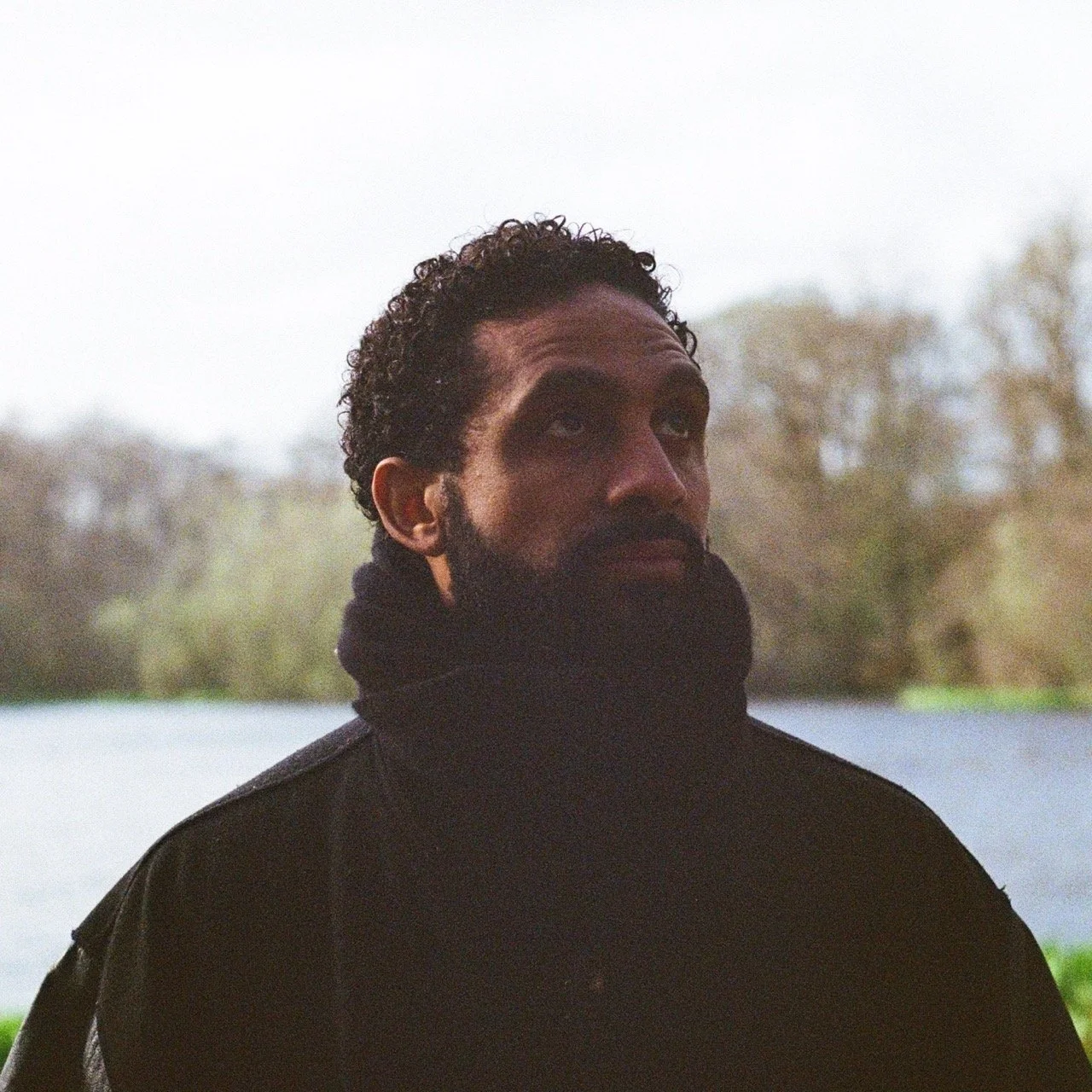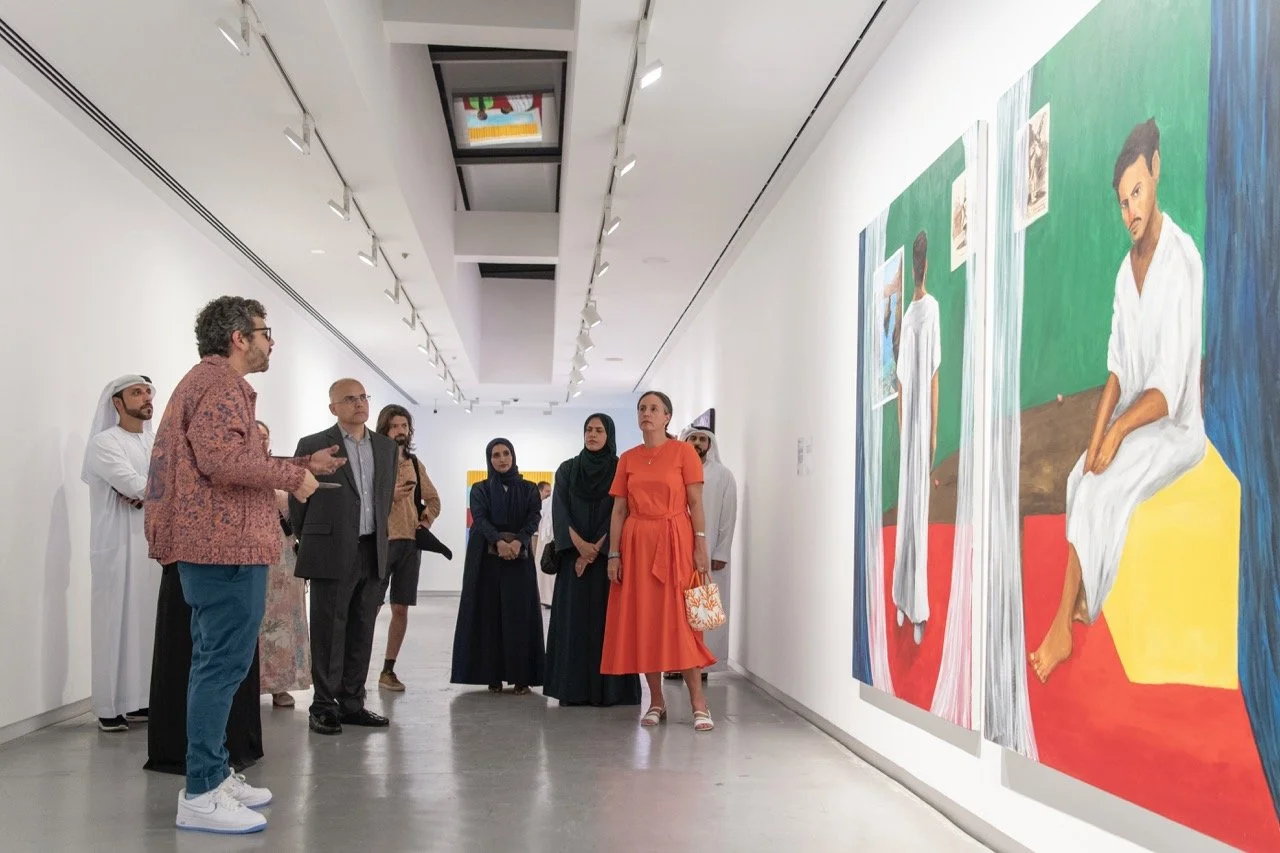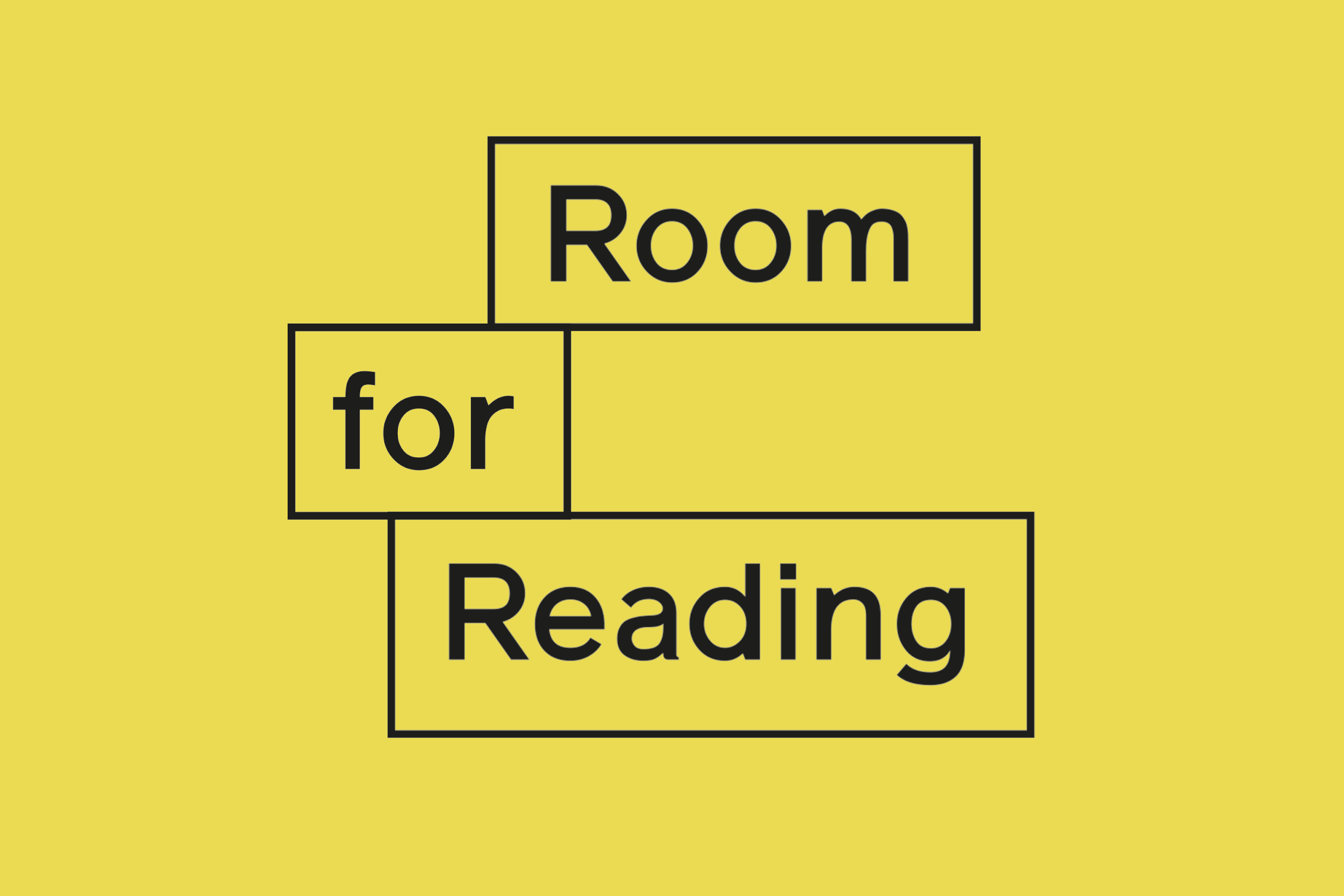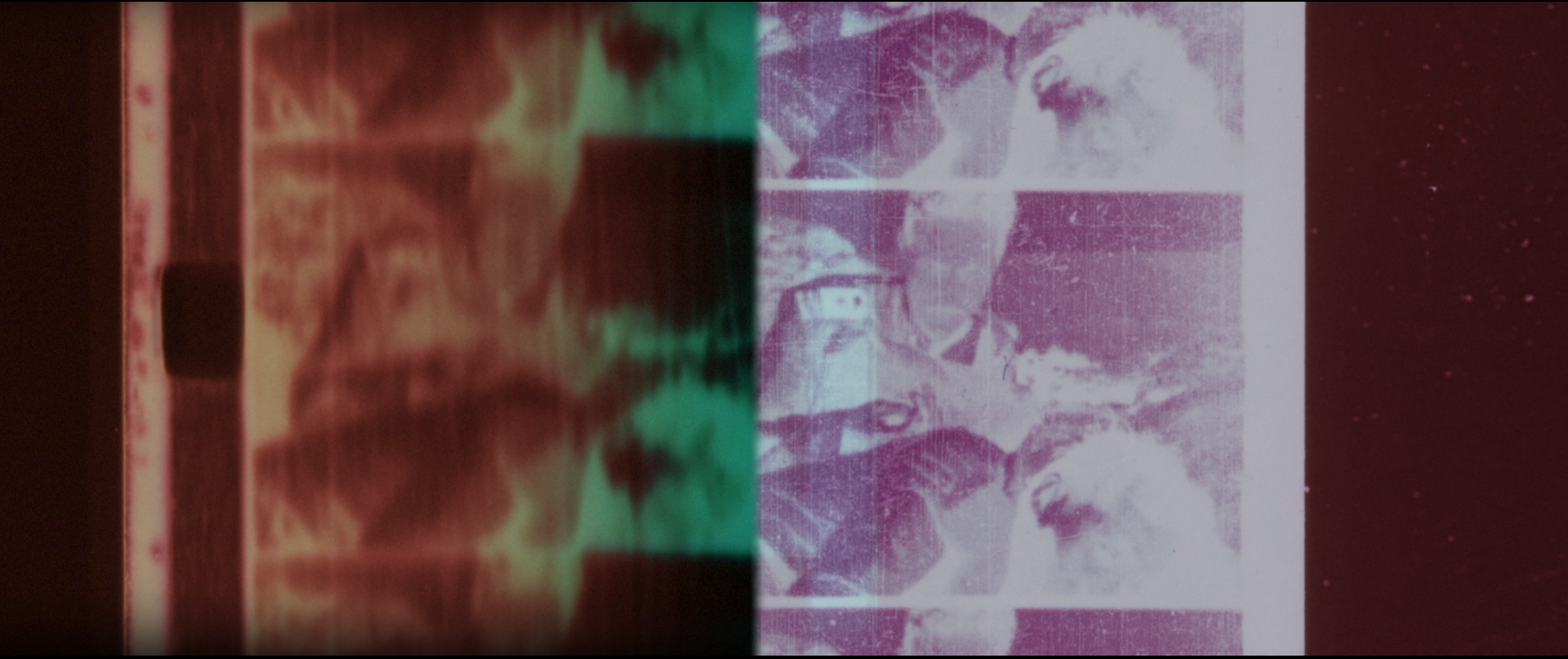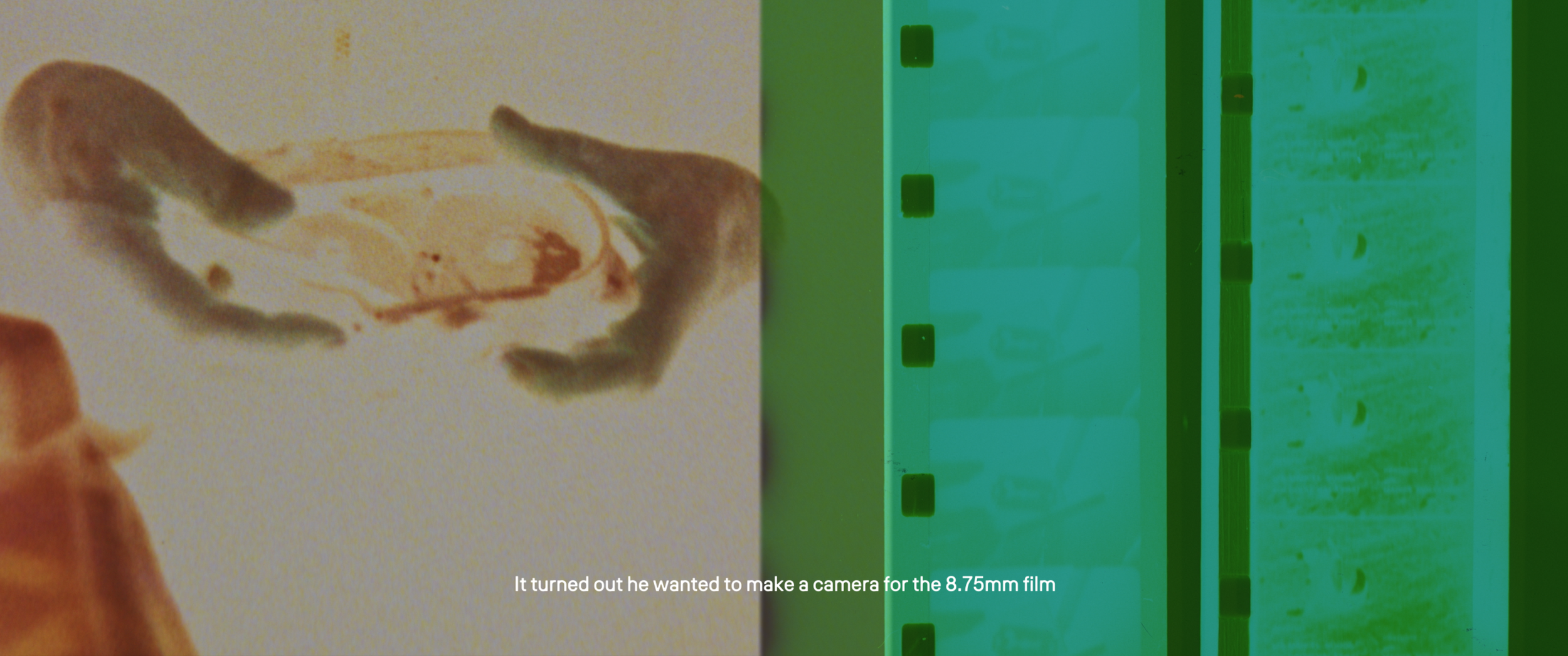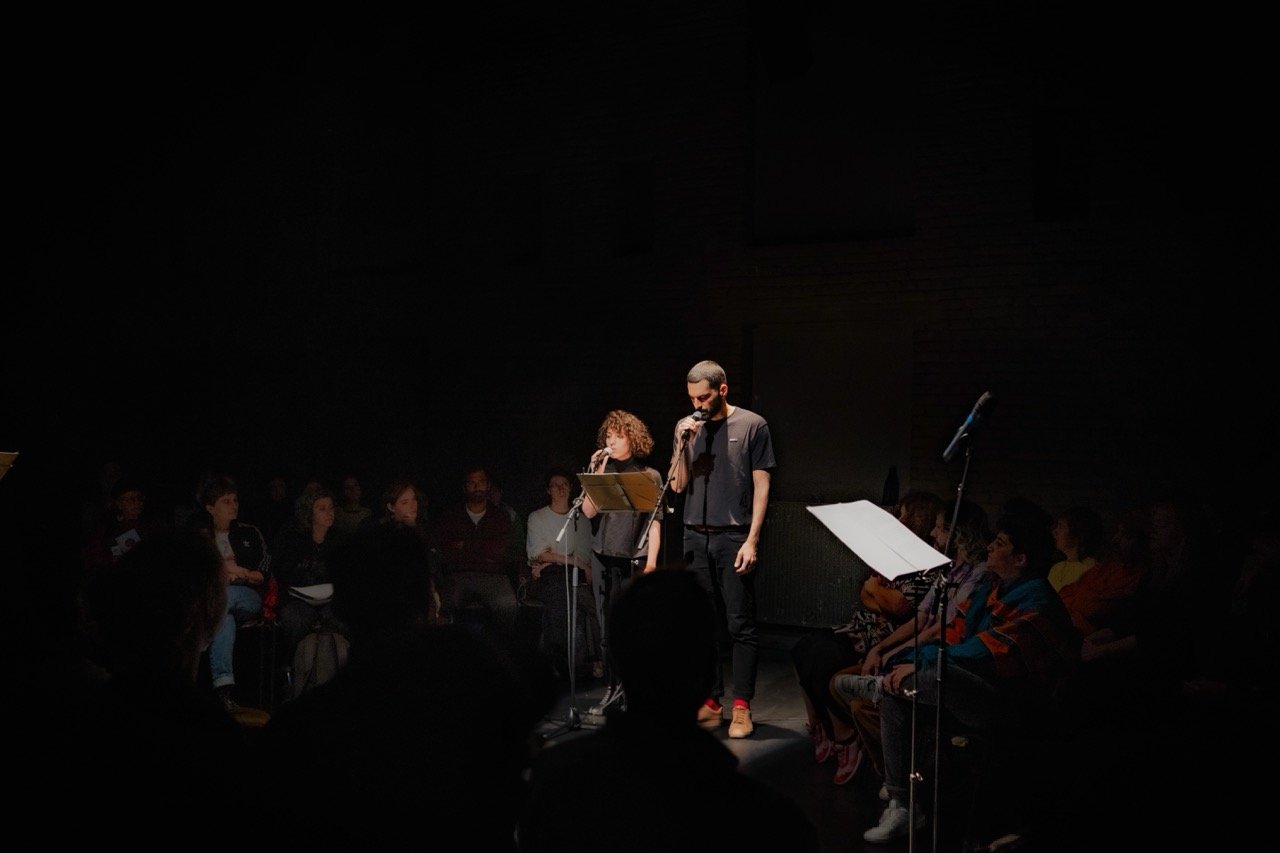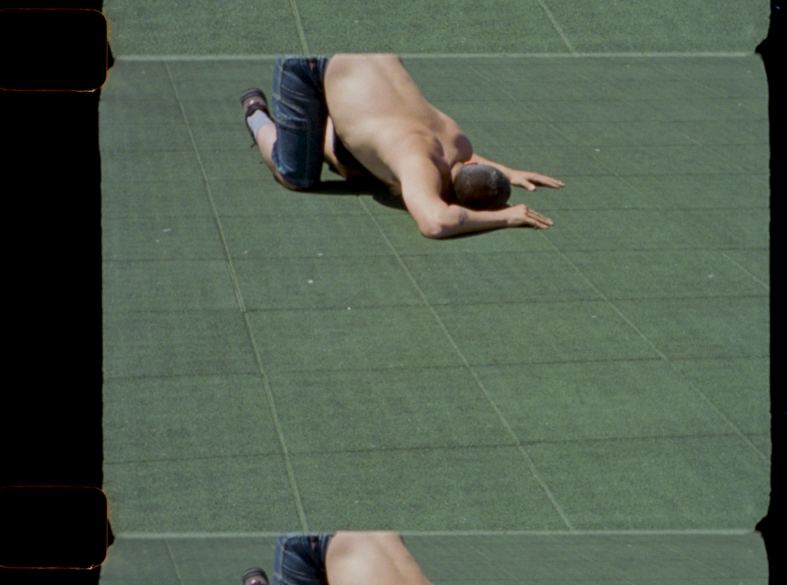Design: Tom Joyes
“Blessings are difficult to imagine. More palpable is our technofuture bleeding rapidly into the technopresent”.
‘Myths of the new future’ is an exhibition that brings together the work of five artists who, in varying and distinct ways, address psychosocial tensions in present-day urban life. Identifying a particularly anxious, unstable, and incoherent texture to our late-capitalist period, ‘Myths of the new future’ circulates around the question of how it feels to be alive now, through experimental and conceptual works in sculpture, video, drawing, poetry and photography. The artists involved offer propositions that explore affective states, emotional intensities and the unsettling character of our urban social sphere today.
‘Myths of the new future’ installation view (including Agnieszka Kurant and Jesse Darling) The Common Guild, Glasgow, 2025. Photo: Ruth Clark.
Drawing on the title of a 1982 short story by J. G. Ballard (1930–2009), the exhibition evokes many ‘Ballardian’ tropes: hostile architectures, corporate control, maleficent technologies, civil collapse, a social body motivated by brutality and desire – making connections with the material conditions of the present.
With an awareness of the forces that shape our psychic experience, artists point towards a host of mental aggressors that fuel nervous states: ecological crises and war; volatile sociopolitical contexts and faltering neoliberal democracies; competing digital hegemonies and the bewildering immediacy of the ‘technopresent’. Artists make visible their feelings of estrangement within this continuum, and by doing so, call into question normative ways of living and being. Exposing the deepening cracks appearing across society, their work demonstrates the precariousness of the constructed urban world whilst opening up space for the emergence of other possible trajectories and innumerable futures.
P.Staff, ‘In Ekstase’ (2023). Presented as part of ‘Myths of the new future’, The Common Guild, Glasgow, 2025. Courtesy of the artist. Photo: Ruth Clark.
‘Myths of the new future’ unfolds across familiar territories: privatised urban landscapes, mediated commercial environments, bureaucratic centres, and disembodied digital platforms. Artists work to subvert these frictionless spaces, deploying dark humour, asserting bodily sensation and cultivating a heightened sense of surrealism. By performing minor acts of vandalism or else picking through the man-made debris of the Anthropocene, artists find new, defiant ways of disrupting the rhythms of normal life and revelling in the generative potential of collapse. In this way, ‘Myths of the new future’ may be understood as a speculative mythology for a fast-approaching new future.
Dora Budor, ‘Lifelike’ (2024). Installation view ‘Myths of the new future’, The Common Guild, Glasgow, 2025. Courtesy of the artist. Photo: Ruth Clark.
About the artists /
Taysir Batniji's practice draws on the artist's personal biography and the turbulence of history and the present. His multidisciplinary practice – drawing, installation, sculpture, performance, photography and video – has a metaphorical, poetic dimension. Through his exploration of the private and the public spheres, of displacement and obstruction, memory and disappearance, Taysir Batniji presents a shifting definition of his own identity, which has been shaped geographically and culturally by both the Middle East and the West.
Batniji (b. Gaza, Palestine) has presented solo exhibitions at Mathaf, Qatar (2022); MAC VAL, Paris (2021); Les Rencontres d’Arles (2018); Aperture Foundation, New York (2018); Contemporary Art Space André Malraux, Colmar (2016); and Marseille/Provence (2013). Selected group exhibitions include: Lyon Biennale (2024); Berlin Biennale (2022); MAC VAL and Jeu de Paume, Paris (2019); Center Pompidou (2014); Istanbul Biennale (2011); and the Venice Biennale (2011, 2009, 2003). Batniji graduated from at Al Najah University, Nablus, Palestine, and the School of Arts, Bourges, France.
Jesse Darling (b. Oxford, UK) is an interdisciplinary artist, poet, theorist, curator, mentor and teacher. One of the most influential British artists working today, he is best known for his disruptive, humorous and empathetic sculptural installations which repurpose familiar objects, creating strange and uncanny encounters. Recent works stand as the ruined relics of crumbling empires, picking up on how the (aesthetic and symbolic) pillars of (what understands itself as) western civilization converge around ideologies of the border and exclusion.
Selected solo exhibitions include Petit Palais, Art Basel Paris (2024); Turner Prize, The Towner, UK (2023); Camden Arts Centre, London (2022), Modern Art Oxford, UK (2022), Kunstverein Freiburg, Germany (2022), Triangle France Astérides (2019), and Tate Britain (2018—2019). Recent group exhibitions include Palais de Tokyo (2023), CAPC Bordeaux (2022), Schirn Kunsthalle Frankfurt (2022), and Staatsgalerie Stuttgart (2021). Darling also participated in the 58th Venice Biennale (2019), and was the winner of the Turner Prize 2023.
Through context-specific sculptures and installations, Dora Budor positions our built environment as system with complex inner workings. She approaches these psychosocial complexities of architecture and institutions as structures that metabolize their political, cultural, and historical contexts. As such, her work is often concerned with homing in on the border between interiority and exteriority and choreographing slippages and reversals of this partition.
Budor (b. Zagreb, Croatia) is an artist and writer based in New York. She has presented solo exhibitions at Nottingham Contemporary, UK (2024); Galerie Molitor, Berlin (2023); Kunsthaus Bregenz, Austria (2022), GAMeC Bergamo (2022), Progetto (2021) and Kunsthalle Basel, Switzerland (2019). Recent group exhibitions include Centre Pompidou, Kunstmuseum Liechtenstein, Bergen Kunsthall, Norway, and MoMA PS1, New York. Her work has been featured in major international exhibitions, most recently the Whitney Biennial, New York (2024), the 15th Gwangju Biennale (2024), and the 59th Venice Biennale (2022).
Through her experimental and conceptual work, Agnieszka Kurant draws on new technologies, scientific research, economics and digital capitalism to explore forms of late capitalism and examine notions of futurity and risk. Working with artificial intelligence, data analysis and the fields of climatology, microbiology, finance and statistics, Kurant creates works that are intrinsically unstable, and undermine any notions of human determinism.
Kurant (b. Łódź, Poland) has presented solo exhibitions at Mudam, Luxemburg (2024); Kunstverein Hannover (2023); Castello di Rivoli, Turin (2022) and at the Sculpture Center, New York (2013). Her work was featured in the Gwangju Biennial (2024), Sydney Biennial (2024); Centre Pompidou, Paris (2024); Gropius Bau, Berlin (2024); Louisiana Museum, Denmark (2023); Museum of Modern Art, New York (2021); and Istanbul Biennial (2019). In 2021–22 Kurant realised a permanent commission for the MIT List Visual Arts Center, Cambridge and in 2015 a commission for the façade of the Solomon R. Guggenheim Museum, New York.
At the intersection of film, installation, and poetry, P. Staff’s interdisciplinary practice weaves theoretical phenomena, experimental media, and staged environments, through which they dissect themes ranging from biopolitics to trans-poetics, astrology, dance, and end-of-life care. Their work pulses with a fascination for how bodies – particularly those of people who are queer, trans, or disabled – are interpreted, regulated, and disciplined within societies.
P. Staff (b. Bognor Regis, UK) received their BA from Goldsmiths College, London and participated in the LUX Associate Artist Programme, London. Staff has presented solo exhibitions at Ordet, Milan (2024); Kunsthalle Basel (2023); Commonwealth and Council, Los Angeles (2022); LUMA, Arles (2021); Institute of Contemporary Art, Shanghai (2020); Serpentine Galleries, London (2019). They have been featured in group exhibitions at Del Vaz Projects, Santa Monica (2025); the Whitney Biennial, New York (2024); 59th Venice Biennale (2022); 13th Shanghai Biennale (2021); Walker Art Center, Minneapolis (2019); and Hammer Museum, Los Angeles (2018).








